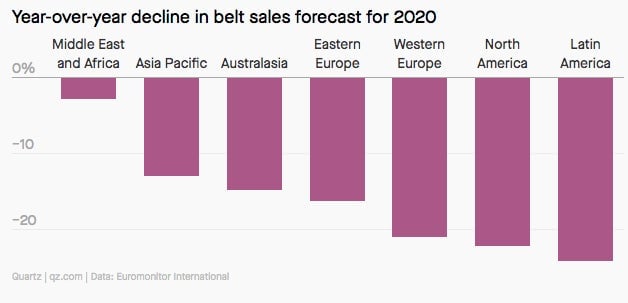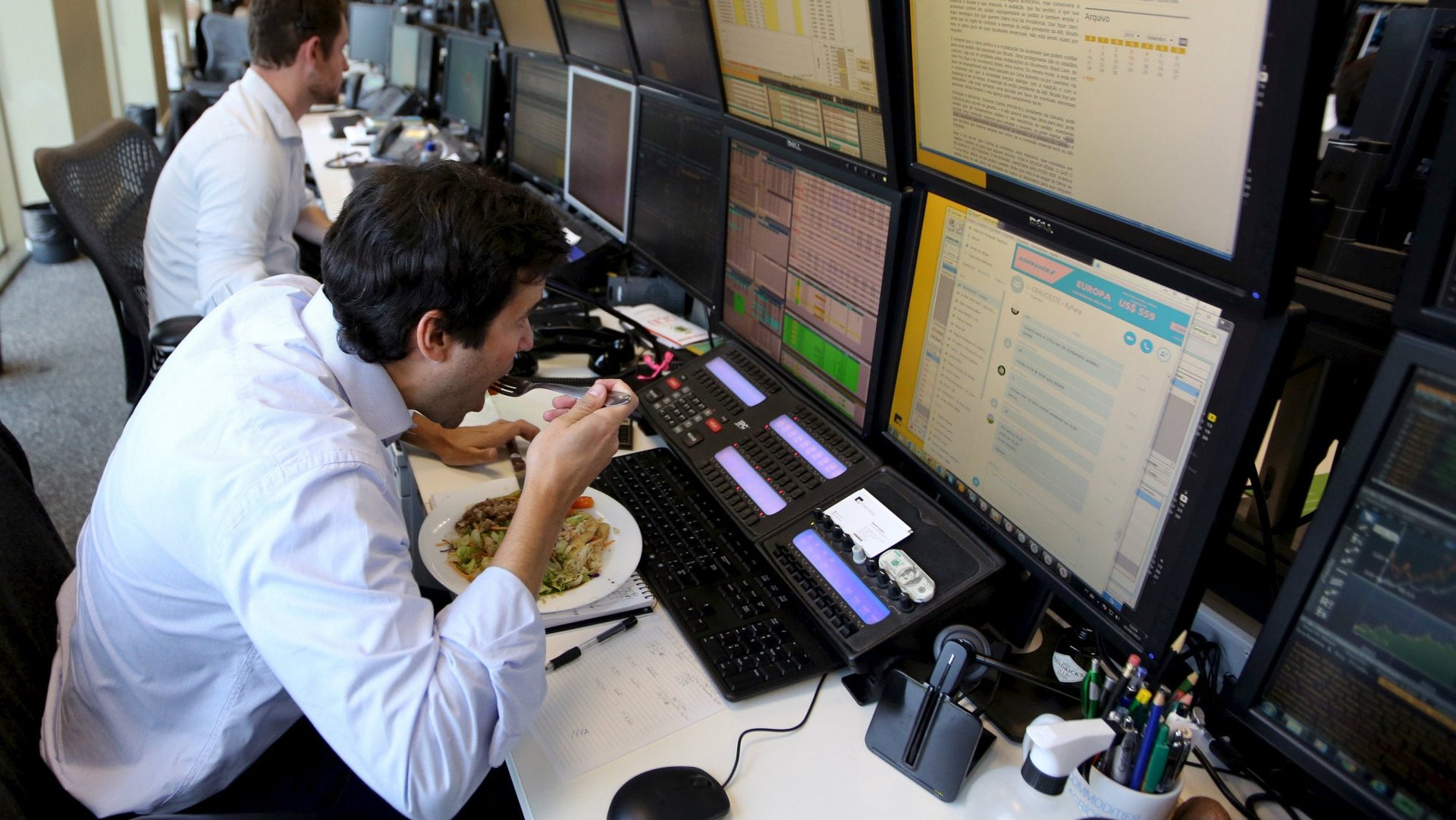The Memo: Still very thankful for the office
To modern workers everywhere,

To modern workers everywhere,
Are you missing the office? As with most good questions, it depends on whom you ask.
“If it was a prison, a place of suffering, of abuse, of neglect, of feeling invisible, then you probably will not miss it,” said Gianpiero Petriglieri, an associate professor of organizational behavior at INSEAD, during a recent summit hosted online by the Swiss furniture company Vitra. But if the office was a “place of comfort for you, maybe of liberation, a place of the imagination, then you probably will miss it. I miss it.”
Regardless of your feelings about the office, the stasis of being at home all the time can be overwhelming, noted a co-panelist, the psychotherapist Esther Perel. “[W]e are the professional, we are the parent, we are the child, the friend, the lover, the colleague, the boss, the teacher—everything in the same spot and all these roles have merged together,” she observed.
So if at the end of a very long year, you’re finding yourself nostalgic for your old office life, don’t be surprised. Workplaces are “complex social ecosystems, just like any other places that humans inhabit,” said Perel. Missing that social dimension is central to our angst in the Covid-19 era.
“What do people want from work today? Belonging, meaning, continuity, community,” she said. More than an amalgam of ergonomic furniture and meeting rooms, an office, for some people, holds the promise of genuine emotional fulfillment—”the things that traditional religion and community used to provide for them,” Perel noted. “These are existential needs. The office is about that.”—Anne Quito
Five things we learned this week
Covid-19 is forcing businesses to finally modernize their HR and financial systems. The shift has benefitted HR and financial services companies like Workday, ADP, and Oracle.
Industries aren’t getting disrupted like they used to. The displacement of incumbent firms accelerated in the 1990s, and has been slower ever since.
Should management be political? That is the wrong question. Management is political—even when it bans politics at work.
IT firms in India are ramping up their hiring. The Covid-19 pandemic has been a blessing in disguise for the sector.
You can totally fix your hiring process. Here’s your five-step plan.
It’s a fact
Remote work has taken belt sales down a notch—because nobody needs a belt when they’re not wearing pants.

30-second case study
As part of their research into the power of group participation, UCLA Anderson’s Sherry Jueyu Wu and Princeton’s Elizabeth Levy Paluck brought a simple experiment to the floor of a Chinese garment factory, where they tracked more than 1,750 employees assigned to one of 65 work groups. Wages at the factory are tied to production goals, which managers typically announce at the start of each day during a 20-minute group meeting.
But once a week, the managers for half the work groups stepped aside so that a research assistant trained by Wu and Paluck could run the meeting. On these days, the workers were prompted to talk amongst themselves, whether to swap productivity hacks, discuss their concerns about workflow in the factory, or share their personal goals.
Those in the experimental groups reported higher levels of job satisfaction and well-being, and more appreciation for their teams, versus those in groups where worker input was not invited. Prompting discussion amongst employees also had some tangible benefits for the factory: Productivity in the experimental groups was 10% higher during the six-week study, and remained elevated for another nine weeks afterward.
The takeaway: As Carla Fried, writing for the UCLA Anderson Review, notes: “The productivity gains and the heightened job satisfaction weren’t because the workers learned to do their jobs better, but rather, Wu and Paluck determined it was having a chance to speak and, ostensibly, be heard.” What was said didn’t even matter as much as the simple opportunity to speak.
Chinese garment factories are notoriously hierarchical. But even managers of more egalitarian workplaces could take cues from the findings and invite their teams to do more of the talking. In Wu and Paluck’s experiment, the regular managers never left the room during the meetings. They simply stepped back and observed.
The holiday season is upon us. Hooray? 🤷
Need some advice on helping your team get through a strange and potentially lonely holiday season? Psychologist George Kohlrieser, a professor of leadership and organizational behavior at the Institute for Management Development in Switzerland, has shared his practical tips for managers who want to help their teams maintain morale. Click here for his article in Quartz at Work.
The end of the sad desk lunch?

The pandemic and work-from-home orders may have temporarily killed the office lunch, but culinary historians are confident that it will return, and may even inspire us to step away from our sad desk meals.
“Everybody who’s working from home realizes that all of the work stuff can be done at home, and that part of the reason that we go to work, part of the thing that makes work okay, is the other people there,” says author and culinary historian Megan Elias. “That connection is going to seem more precious.” Read more about how history has shaped lunch, and the impact of the pandemic on our relationship with food, in our field guide to how we eat now.
Put a Quartz membership on your menu. You can even try it for free.
Words of wisdom
“If it’s the CEO or executive team that’s the one that always has to be a ballast and drop anchor amidst these turbulent times, there’s a lot of pressure on those people, on me and our executive team.”—Uncharted CEO Banks Benitez, on why he deputizes “cultural leaders” at every level of the company
+ Quartz members can access the playback of our recent workshop on how to lead teams through tension, featuring Banks along with Sylvain Labs founder Alain Sylvain, Qualtrics EVP Jay Choi, and MullenLowe Group UK’s head of people, Siobhan Brunwin.
ICYMI
Back in March, Quartz at Work contributor Cate Huston offered her hard-won wisdom on how to fix the five most common pain points of working from home. It was great advice, but who had time to fully process it back then? If you’re still at home, make sure you at least have the basics covered—or think about how far you’ve come—in terms of ergonomics, “facilities management,” your ability to stay focused, and clever substitutions for the context and human contact you lose when you no longer work in an office. Revisit Cate’s article here.
You got The Memo!
Our best wishes for a productive and creative day. Please send any workplace news, comments, unnecessary belts, and sad desk lunches to [email protected]. Get the most out of Quartz by downloading our app and becoming a member. This week’s edition of The Memo was produced by Heather Landy and Sarah Todd.